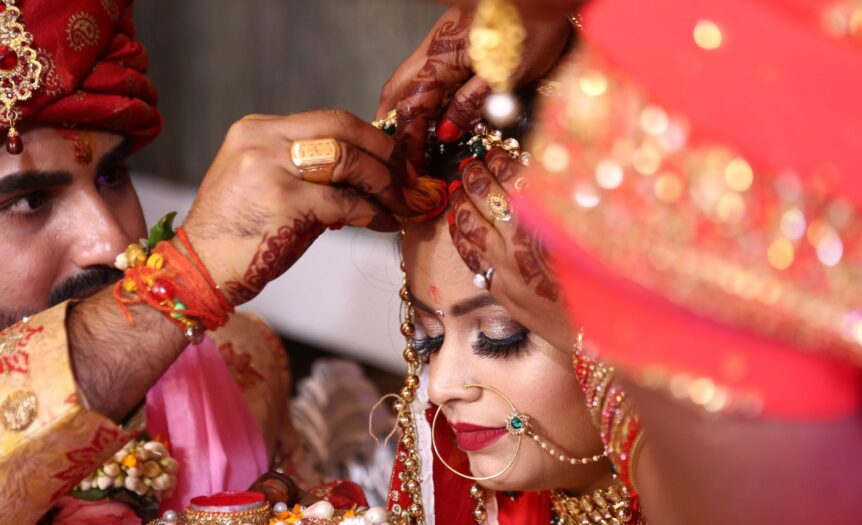There’s been a fascinating intermingling of cultures throughout history, and one of the most significant examples is the influence of Indian culture on Indonesia. It’s not just about yoga or Bollywood films; it’s a blending that has shaped Indonesia in profound ways. From language to religion, arts to politics – Indian elements have seeped into various aspects of Indonesian society.
The entry of Indian culture into Indonesia didn’t happen overnight. It was a gradual process, fueled by trade relations and spiritual exchanges that date back centuries. Trade between ancient India and Indonesia opened up avenues for cultural exchange, while religious missions introduced Hinduism and Buddhism to the archipelago.
Masuknya Unsur Budaya India ke Indonesia Menyebabkan
Let’s delve into the early years, masuknya unsur budaya india ke indonesia menyebabkan when the first signs of Indian culture began to seep into Indonesia. It was around the 1st century AD that trade with India grew exponentially, and along with it came a cultural exchange unlike any other. This period marked the beginnings of Hindu-Buddhist influence in Indonesian archipelago.
I’d like to draw your attention to a few remarkable examples. The first being the Tarumanagara kingdom, which we know existed from inscriptions dating back as far as the 4th century AD. This West Java-based kingdom had strong ties to India and was heavily influenced by its religion, language, and art forms.
Another notable example is masuknya unsur budaya india ke indonesia menyebabkan – an influential maritime realm in South Sumatra from around the 7th to 13th centuries AD. Here, Buddhist teachings were promoted extensively alongside a wide array of Sanskrit literature, marking another significant infusion of Indian culture into Indonesia.
You may also find it interesting that an ancient Indian epic – Ramayana – found its way into Indonesian culture during these times. The tale not only permeated through literary circles but also inspired traditional dance forms such as masuknya unsur budaya india ke indonesia menyebabkan. These performances are still beloved parts of Indonesian culture today.
Lastly, let’s touch on some architectural influences too! A number of temples built during this time bore striking resemblances to those found in India – take for instance Candi Prambanan temple complex which exhibits clear Dravidian architecture styles.
Spread of Indian Cultural Elements in Indonesia
I’m thrilled to dive into the interesting topic of how Indian culture has influenced Indonesia. Tracing back to the 2nd century, there’s been a significant infusion of Indian elements into Indonesian culture. It’s fascinating to see these two diverse cultures intertwine and create something uniquely beautiful.
Historically speaking, Indian traders brought their religious beliefs, literary traditions, and political concepts with them as they traveled to Southeast Asia. They didn’t force their culture onto the locals but rather coexisted peacefully, leading to a natural blending of ideas and customs over time.
In terms of religion, Hinduism and Buddhism took root in Indonesia thanks to this cultural exchange. Temples such as Prambanan and Borobudur stand testament to this deep influence. Even though Islam is now the predominant faith in Indonesia, many Hindu-Buddhist customs are still celebrated today:
- The Balinese people practice a form of Hinduism known as Agama Hindu Dharma.
- Javanese Wayang shadow puppetry draws heavily from Hindu epics like Ramayana and Mahabharata.
- Many traditional Indonesian dances have roots in Indian performing arts.
The realm of language also reveals this cultural fusion – hundreds of Sanskrit words found their way into the Indonesian language. Words like ‘waktu’ (time), ‘swarga’ (heaven), and ‘raja’ (king) showcase this linguistic impact.
This ongoing interplay between Indian and Indonesian cultures did not result in one overshadowing the other but instead led to a harmonious blend that shapes modern-day Indonesia. It’s remarkable how these cultural exchanges have stood the test of time – remaining prominent even today!
Impact of Indian Culture on Indonesian Language and Arts
India’s cultural influence on Indonesia is simply undeniable. It’s not only shaped the nation’s arts, but also its language – deeply ingrained in a way that has become an integral part of the Indonesian identity. Let’s dive deeper into this fascinating blend.
The impact can be most notably seen in the richness of the Indonesian language itself. Look closely and you’ll spot a myriad of Sanskrit-derived words woven into everyday conversations. From ‘swasta’ meaning private to ‘mahasiswa’ translating to student, it’s evident how India’s linguistic footprints have left a lasting mark on Indonesia’s dialects.
It doesn’t just stop at language though; India’s vibrant arts scene has made a significant splash onto Indonesia’s own cultural canvas. A classic example? The famous Ramayana ballet performances you’d see in Yogyakarta today are clearly inspired by Indian epics, retold in an authentically Indonesian style.
Indonesia is also awash with architectural marvels bearing striking resemblances to ancient Indian designs. If you’ve ever wondered at the intricate details of Prambanan Temple or marveled at Borobudur’s grandeur, then you’re looking at direct influences from Indian architecture.
To sum it up succinctly: there’s hardly an aspect of Indonesian culture that hasn’t been touched by India in some form or another – whether subtly integrated or vividly prominent. This cross-cultural exchange between two nations stands as testament to their historical ties and shared heritage.












